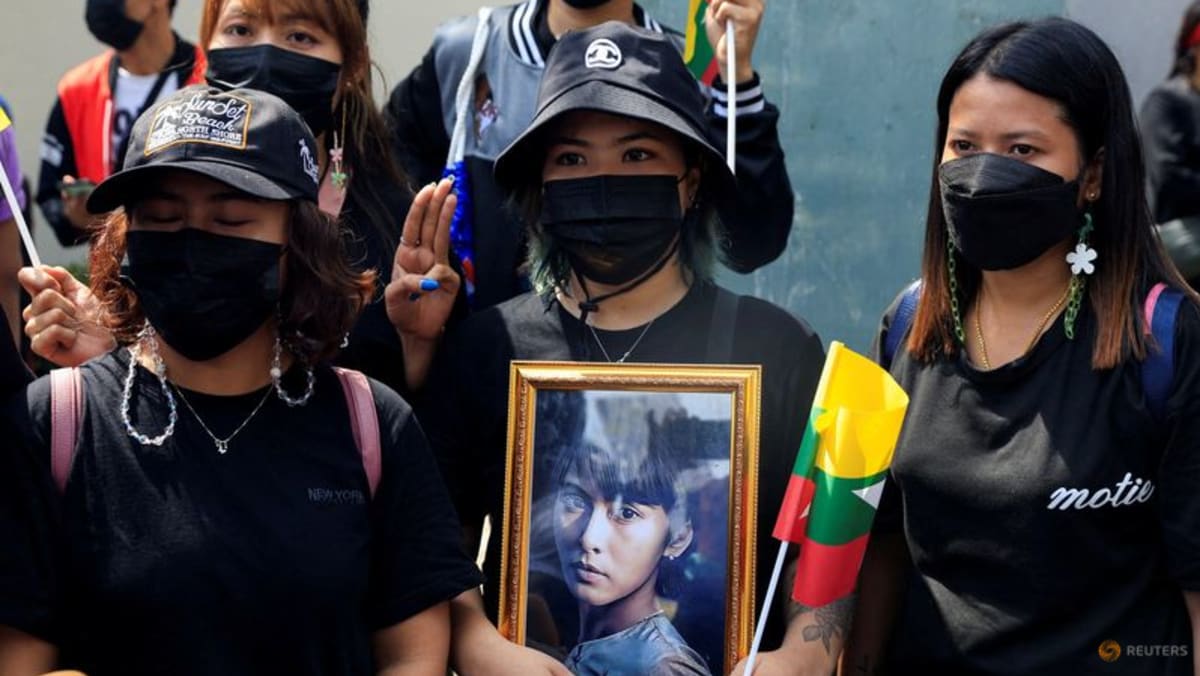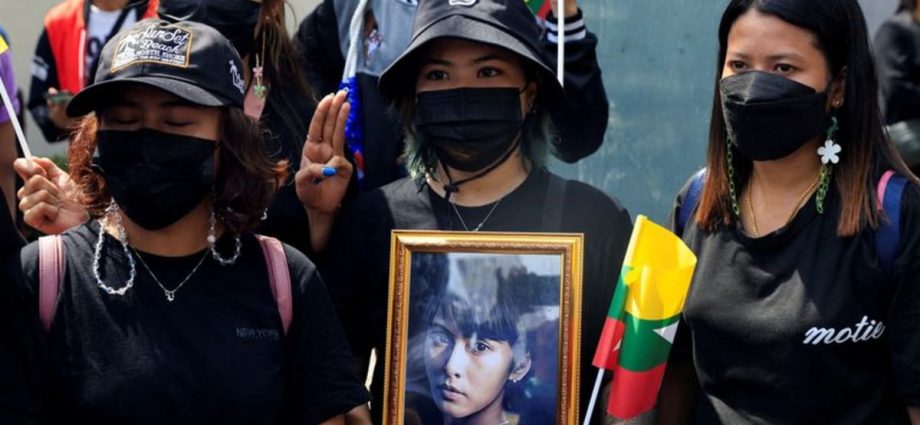
In contrast, for a century or more, Ukraine has been a constant site for strategic competition, especially in the duels between Western powers and the government in Moscow. The attacks on Ukraine over the past decade by a nuclear-armed Russia are therefore seen by Western powers as a first-order geopolitical threat.
As such, the US alone committed about US$50 billion in total assistance to Ukraine in 2022, about half of which was military aid.
With Myanmar a far less important site of conflict, most of the international community (including the regional body of Southeast Asian states, ASEAN) have been reluctant to provide military support for the resistance fighters.
Historically, weapons smuggled into Myanmar to support anti-government armies have used neighbouring countries, most notably Thailand and India, as the gateways. Today, however, the leaders in Bangkok and New Delhi are reluctant to get too entangled in Myanmar’s mess. They also have their own insurgencies to keep an eye on.
When weapons and materiel do flow into Myanmar today, they are moved quietly, with as much deniability as can be marshalled. With no Western government publicly supplying the resistance with weapons, the fighters are resorting to crowdfunding to buy weapons and using explosives pieced together with salvaged metal.
Meanwhile, the military junta has built up a huge arsenal of weapons purchased from Russia and China, or made domestically using supplies from companies in countries like the US, Japan and France.

